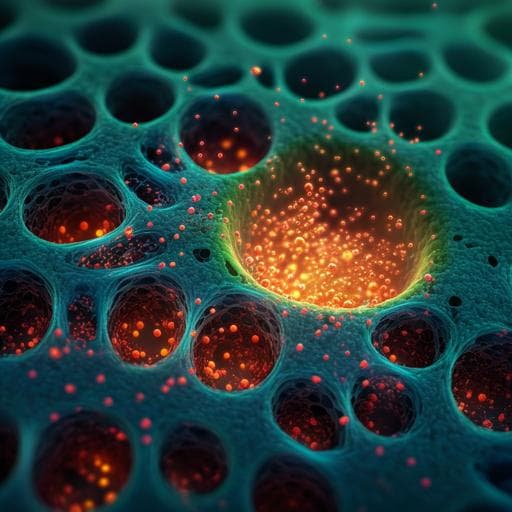
Chemistry
Installation of synergistic binding sites onto porous organic polymers for efficient removal of perfluorooctanoic acid
X. Liu, C. Zhu, et al.
This paper reveals a groundbreaking method for creating highly efficient adsorbents for perfluorooctanoic acid (PFOA) using porous organic polymers. The innovative PAF-1-NDMB material shows an astonishing PFOA uptake capacity exceeding 2000 mg g⁻¹ and achieves swift removal below EPA advisory levels in just 2 minutes. This research was conducted by Xiongli Liu, Changjia Zhu, Jun Yin, Jixin Li, Zhiyuan Zhang, Jinli Li, Feng Shui, Zifeng You, Zhan Shi, Baiyan Li, Xian-He Bu, Ayman Nafady, and Shengqian Ma.
~3 min • Beginner • English
Related Publications
Explore these studies to deepen your understanding of the subject.







